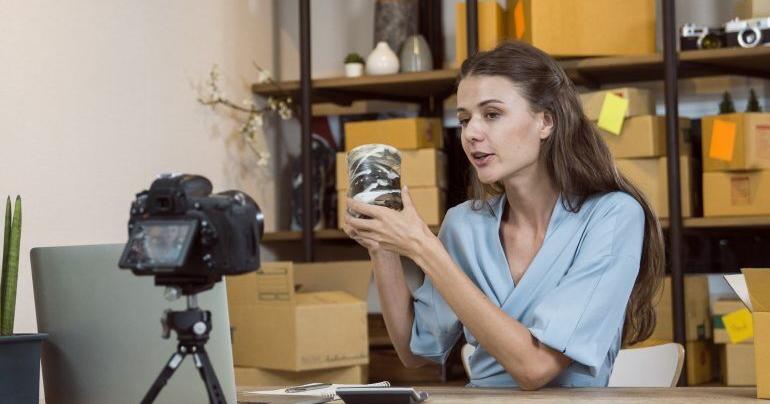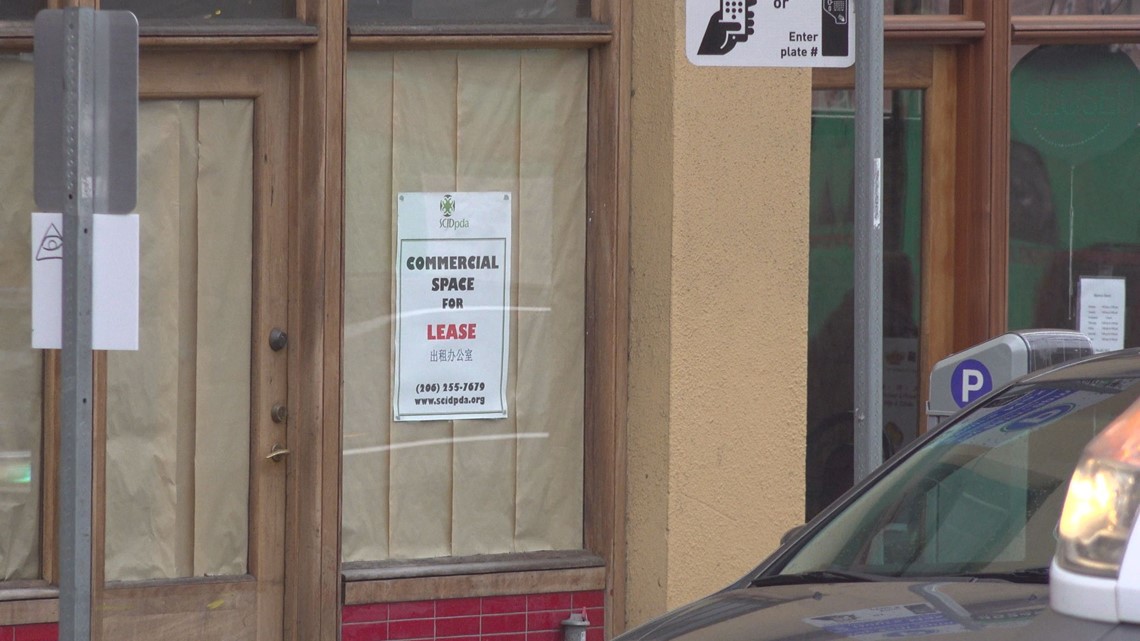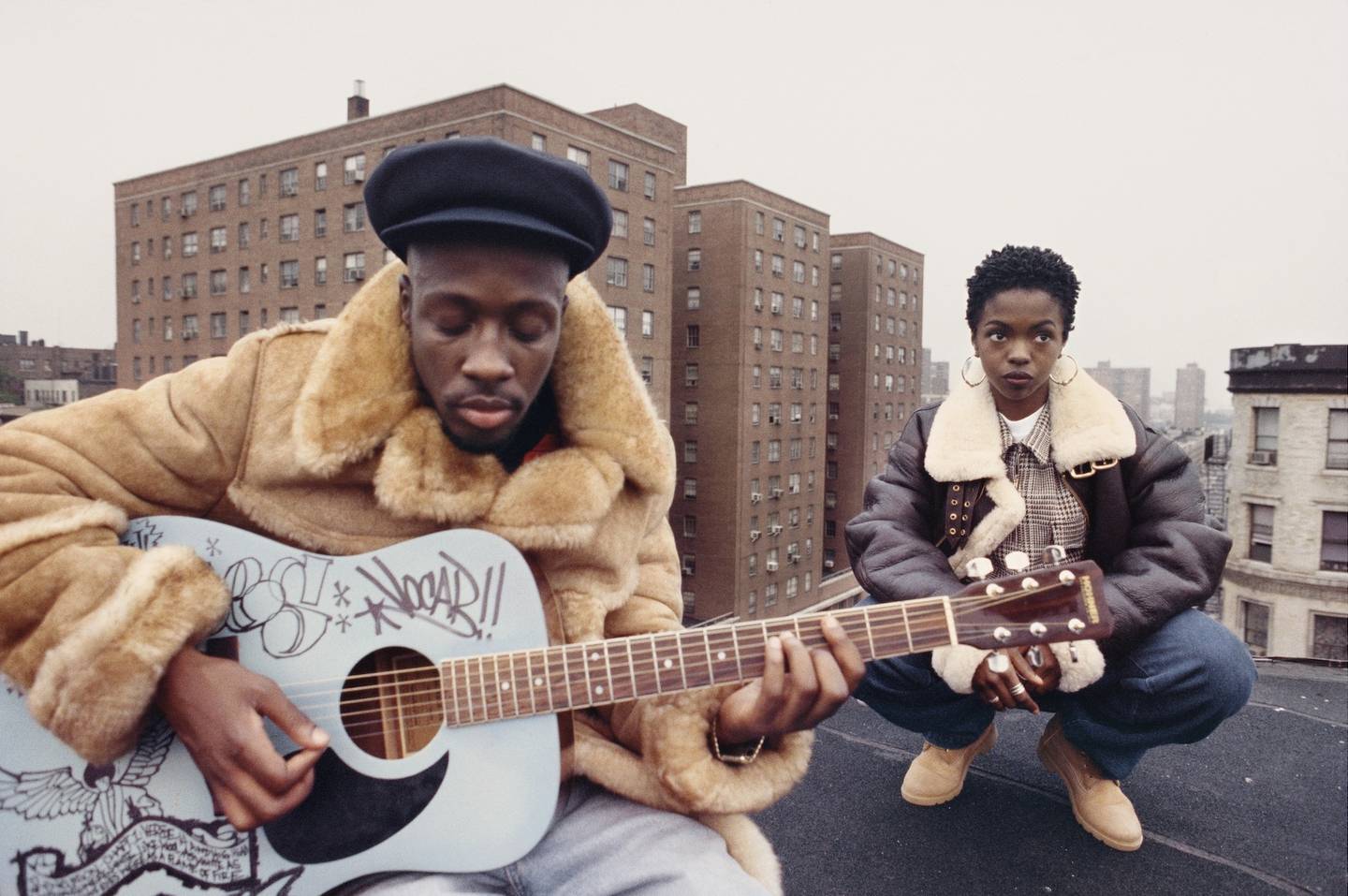
Want Better Product Photography? Give a Pro a Shot | Business
As an e-commerce retailer, you might put a lot of time and effort into taking photos of your products. But with a phone camera and limited equipment, it’s hard to get the best results; customers comparing similar products online might opt for one shot by a professional photographer, even if you did the best you could.
“Excellent quality product photography is one of the best things you can do to elevate a brand image and perceived value of the things you sell,” says Robert House, creative director at ProductPhotography.com. “Nobody is going to buy something that is marketed as high quality if the photograph doesn’t match.”
It’s not just photographers who think so: A 2019 study published by The Institute of Electrical and Electronics Engineers, for example, showed that “image quality is associated with higher likelihood that an item will be sold” in secondhand peer-to-peer marketplaces.
Hiring a photographer with the right equipment and experience will probably result in better photos than you can take — and it might be more affordable than you think.
Know which type of photo you need
Before you hire someone, it’s important to know what you’ll be asking for. Will the photo be used on a company website? An e-commerce platform? On social media? Common photo types include:
White background
A brightly lit product shot against a crisp white background is like a good pair of blue jeans — it doesn’t cost a ton, can adapt to a variety of contexts and appeals to just about every potential customer. The product photography websites that post prices generally charge between $10 to $90 per photo for this kind of shot. Variables that can affect price include number of total items in your shoot; editing and formatting needs; and products that include multiple pieces, like a board game, or that can be difficult to shoot, like shiny objects or clothing.
Lifestyle shots
A shirt on a model looks a lot different than a shirt laid flat, and can help shoppers visualize themselves with your product. However, shots like these do cost more. On product photography websites that post prices, the costs range from $150 to $250 per photo for a basic background, and more if you want a model or props.
360-degree photos
If you have a product where all angles matter, like a shoe, a 360-degree photo that allows the customer to spin the product around and view it from different sides can help. House says these photos have been around for decades but didn’t gain traction because they required technical expertise to use online. New platforms have made the process much easier. “I think they are going to become a lot more popular,” House says. This type of photo, along with short videos or GIFs, can run anywhere from $30 to a few hundred dollars, depending on the production quality.
Know where to look for a photographer
Mail-in studios
Package up your products and send them to a studio outfitted for product photography. Prices are often listed online and easy to compare.
Pros:
- Logistics are easy.
- Access to a fully outfitted studio regardless of where you live.
- Highly experienced in photographing products: These photographers likely shoot products all day, every day.
Cons:
- You won’t be able to take shots on location, if that matters to you.
- Some businesses, like restaurants, simply can’t mail in their items.
Tip for finding a good match:
- If you spot a low advertised price, read the details. The price could be a “base fee” that requires two or three paid add-ons before it meets your needs. When comparing companies, make sure you’re looking at prices for equal services.
Local photographers
You might know a photographer near you. If not, some e-commerce platforms, like GoDaddy, have a network of product photographers you can tap into if you’re already a customer. Fiverr, Upwork and other freelancer marketplaces are also a good place to check. Professional Photographers of America maintains a searchable database on FindAPhotographer.com.
Keep in mind that experience taking portraits or wedding photos doesn’t translate directly to product photography. There’s no substitute for experience and specialized equipment when dealing with product-specific challenges, like properly lighting a shiny object or minimizing shadows and blurry edges.
Pros:
- You can be part of the photo shoot if you’d like.
- Large or complicated projects might be easier to handle in person.
Cons:
- Prices can vary widely from one location to the next, making it hard to compare.
- Your area might not have experienced product photographers.
Tips for finding a good match:
- Hosting the photo shoot might sound convenient, but studio shots are usually easier because the equipment is already set up, according to House. Check whether the photographer offers this.
- Ask to see examples of product photography when interviewing photographers.
The case for DIY
There are instances when investing in your own professional-grade equipment makes sense, like if you sell a lot of one-off products, like antiques, collectibles or art online. If you’re on a shoestring budget, try using an app with product-specific tools until you can afford a professional. Square’s Photo Studio is free, while Adobe offers powerful editing software for about $10 per month.
The article Want Better Product Photography? Give a Pro a Shot originally appeared on NerdWallet.





